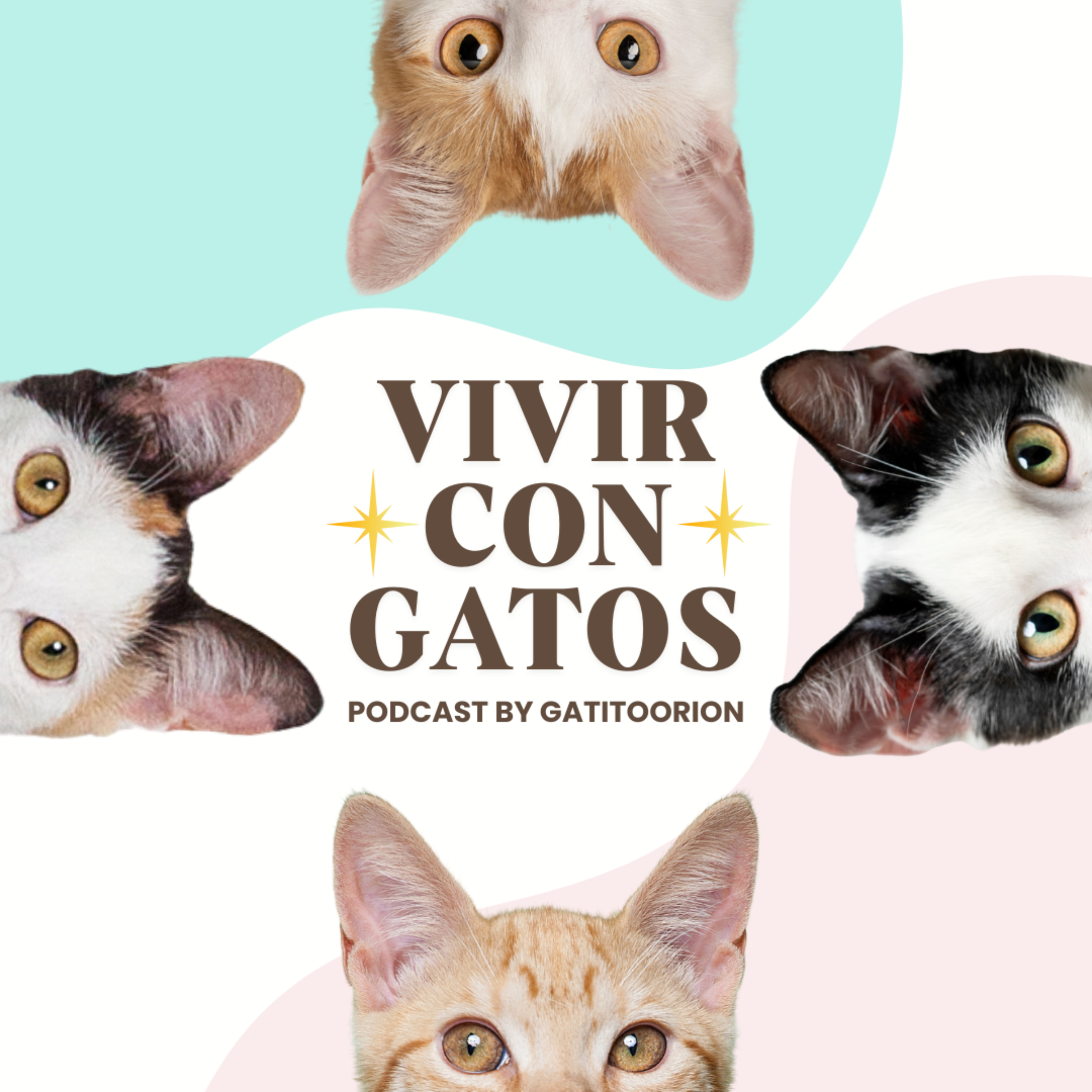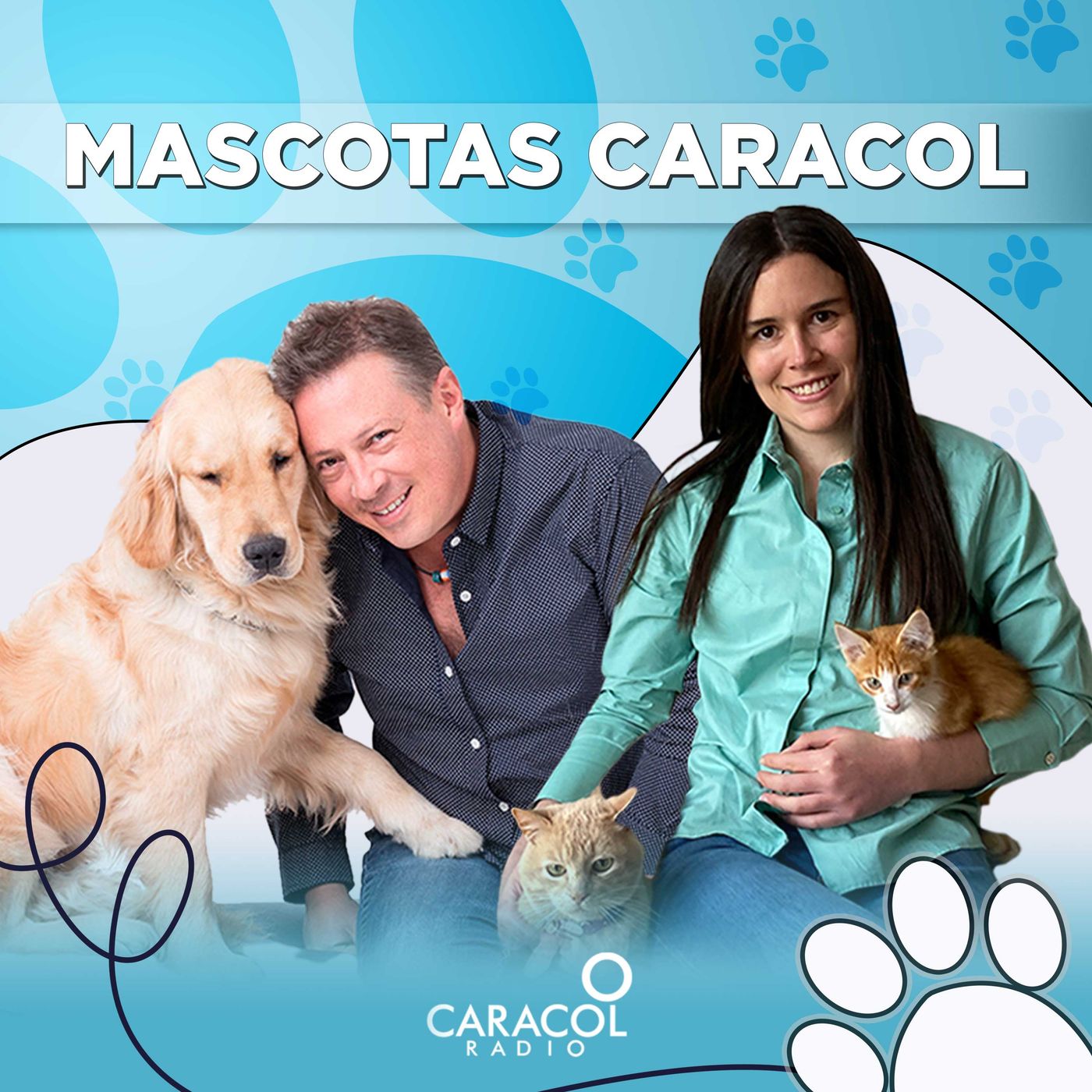 |
Doodle Dogs!"Doodle dogs" refer to a category of dogs that have been cross-bred with Poodles, typically to produce dogs with Poodle-like coats but different sizes, shapes, and personalities than purebred Poodles. Some of the most popular doodle dogs include... Author: Inception Point Ai
"Doodle dogs" refer to a category of dogs that have been cross-bred with Poodles, typically to produce dogs with Poodle-like coats but different sizes, shapes, and personalities than purebred Poodles. Some of the most popular doodle dogs include Goldendoodles, Labradoodles, Bernedoodles, and more. The Origin of Doodle Dogs The first purposefully bred doodle dog is believed to be the Labradoodle, which came about in the 1970s and 80s. An Australian breeder named Wally Conron was tasked with training a guide dog for a woman in Hawaii whose husband was allergic to dogs. Knowing that Poodle fur is largely hypoallergenic, Wally decided to cross a Labrador Retriever with a Standard Poodle. The resulting litter produced several puppies that grew into excellent guide dogs and also did not shed. Seeing early success with his Labradoodle cross, Wally made a few more intentional Labradoodle litters. Word soon spread about this new hybrid dog breed, and their popularity took off. Other breeders took notice and began experimenting with their own Poodle crosses, leading to all sorts of doodle dogs like Goldendoodles, Bernedoodles, Aussiedoodles and more. Why Cross Poodles With Other Breeds? There are a few key reasons breeders create doodle dogs by breeding Poodles with other purebreds: - To attempt to produce puppies with the desired hypoallergenic coat qualities of the Poodle. This allows more people with allergies to own dogs. - To attain hybrid vigor - or stronger health and genetics - than purebred dogs prone to genetic issues. Mixing two purebreds can increase the gene pool. - For their often desirable fun-loving and intelligent personalities when crossed with breeds like Labrador Retrievers and Golden Retrievers. - For their cute appearances, often attaining a teddy bear or muppet-like look. While results can vary in any litter, responsible doodle dog breeders aim to produce healthy, happy pups with the best qualities of both parent breeds. Popular Types of Doodle Dogs The Language: en Genres: Kids & Family, Leisure, Pets & Animals Contact email: Get it Feed URL: Get it iTunes ID: Get it |
Listen Now...
Doodle Dogs!
Wednesday, 28 February, 2024
"Doodle dogs" refer to a category of dogs that have been cross-bred with Poodles, typically to produce dogs with Poodle-like coats but different sizes, shapes, and personalities than purebred Poodles. Some of the most popular doodle dogs include Goldendoodles, Labradoodles, Bernedoodles, and more. The Origin of Doodle Dogs The first purposefully bred doodle dog is believed to be the Labradoodle, which came about in the 1970s and 80s. An Australian breeder named Wally Conron was tasked with training a guide dog for a woman in Hawaii whose husband was allergic to dogs. Knowing that Poodle fur is largely hypoallergenic, Wally decided to cross a Labrador Retriever with a Standard Poodle. The resulting litter produced several puppies that grew into excellent guide dogs and also did not shed. Seeing early success with his Labradoodle cross, Wally made a few more intentional Labradoodle litters. Word soon spread about this new hybrid dog breed, and their popularity took off. Other breeders took notice and began experimenting with their own Poodle crosses, leading to all sorts of “doodle” dogs like Goldendoodles, Bernedoodles, Aussiedoodles and more. Why Cross Poodles With Other Breeds? There are a few key reasons breeders create doodle dogs by breeding Poodles with other purebreds: - To attempt to produce puppies with the desired hypoallergenic coat qualities of the Poodle. This allows more people with allergies to own dogs. - To attain hybrid vigor - or stronger health and genetics - than purebred dogs prone to genetic issues. Mixing two purebreds can increase the gene pool. - For their often desirable fun-loving and intelligent personalities when crossed with breeds like Labrador Retrievers and Golden Retrievers. - For their cute appearances, often attaining a teddy bear or muppet-like look. While results can vary in any litter, responsible doodle dog breeders aim to produce healthy, happy pups with the best qualities of both parent breeds. Popular Types of Doodle Dogs There are many types of Poodle hybrids or “doodles.” Some of the most popular include: Goldendoodles A cross between a Golden Retriever and a Poodle, Goldendoodles were likely first intentionally bred in the 1990s in Australia and North America. They come in three main sizes - miniature, medium, and standard - depending on the size of Poodle used. They make excellent family pets as they are usually highly intelligent, friendly, energetic when young but calmer when mature, and low- to no-shedding. Their coats can vary from wavy to curly. Labradoodles The original doodle dog breed, Labradoodles are a cross between a Labrador Retriever and Poodle. They also come in three main size varieties. Labradoodles are often chosen for their playful, people-pleasing personalities and moderate energy levels. Their coats can range from straight to very curly. Since climate can influence coat type, Australian Labradoodles are known for having fleecier coats. Bernedoodles A smart and loving hybrid, the Bernedoodle combines the Bernese Mountain Dog and Poodle. They are usually bred as larger dogs. Bernedoodles are known as gentle giants that love their families. And unlike Bernese Mountain Dogs, mixing them with Poodles can increase their longer-than-average lifespan. Their thick, wavy or curly tri-colored coats shed minimally. Sheepadoodles Breeding an Old English Sheepdog with a Poodle creates the active and adorable Sheepadoodle. Their shaggy coats resemble an Old English Sheepdog coat but with minimal shedding. Sheepadoodles make excellent sporting or therapy dogs as they pick up on commands easily and bond tightly with their owners. Aussiedoodles Combining the Australian Shepherd and Poodle gives Aussiedoodles brains, energy, and low-shedding coats. Aussiedoodles thrive when playing sports, learning tricks, or given regular jobs. Their coats can vary from wavy to curly and come in Australian Shepherd-like colors and patterns. Proper socialization must be a priority. Cavapoo The Cavapoo (or Cavoodle) is a mix between a Cavalier King Charles Spaniel and a Poodle. True to their lapdog heritage, small Cavapoos show unwavering devotion to their owners. They usually have a mild temperament perfect for snuggling on the sofa, but require regular exercise. Their gentle personality suits them well as therapy dogs too. Their coats are minimally shedding with either soft curls or waves. Maltipoo A popular companion doodle dog is the Maltipoo, blending the Maltese and Poodle. They thrive indoors in small living spaces. Maltipoos are notoriously happy dogs that love being pampered. As they are tiny, they suit elderly companions excellently. Their bright white coats only need occasional trims for easy maintenance. Schnoodles The fun-loving Schnoodle combines the giant Schnauzer with the Standard Poodle. Schnoodles bond deeply to their families while remaining polite, perky and gentle. They pick up on commands rapidly to excel in sports like agility. Minimal shedding and occasional brushing is needed for their thick, wiry coats. Chipoo For those seeking a tiny but mighty pocket pet, the Chipoo could be the answer. Breeding the habitually cheerful Chihuahua with a Toy Poodle results in wee companions perfect for apartment living. Sassy and bright, Chipoos dote on their chosen humans. Their Teacup size suits life in handbags. Their low-shed coats are either short and scruffy or longer and wavy. Yorkipoo Similar to the Chipoo is the intelligent and confident Yorkipoo combining the Yorkshire Terrier and Toy Poodle. Yorkipoos thrive when showered with attention and allowed to cuddle under the covers at night. They can be stubborn due to the dominant Yorkie personality but are devoted to proper training. Regular grooming maintains their silky, low-shed coat. Doodle Coat and Shedding Qualities One of the main reasons doodle dogs grew in popularity is for their potential to have the hypoallergenic, low- or non-shedding Poodle coat instead of the shedding fur of breeds like Golden Retrievers or German Shepherds. But having half their genes come from another breed means their coat qualities can be unpredictable. How much a doodle sheds or the texture of their coat depends mainly on the genetics inherited and does not differ significantly between the types of doodles. Generally, first generation doodles (F1) - with one purebred Poodle parent and one purebred non-Poodle parent - have higher coat variation. Some will shed minimally while others shed moderately. Backcrossing a doodle over multiple generations with non-shedding lines can produce more consistently non-shedding puppies. No dog is completely non-shedding and some people's allergies are too sensitive for even low-shed dogs. But responsibly bred doodle dogs have relatively higher chances of producing puppies tolerant for mild allergies than heavily shedding dogs like Labradors or German Shepherds. Grooming Needs Depending on their coat type, most doodle dogs need regular brushing and professional grooming every 6-12 weeks. Shorter, scruffier coats only need occasional brushing to prevent mats. Longer curly coats require thorough brushing multiple times a week plus scissoring cuts if hair around eyes or sanitary areas grow too long. Neglecting grooming with longer coats leads to painful mats pulling at the skin. Many doodle owners choose shorter “puppy cuts” or shaved bodies with poofy heads to simplify home upkeep. Learning to brush properly and handling feet, ears and faces from a young age makes grooming less stressful. Owners can also ask groomers to leave face and tail hair longer while shaving the body shorter. Finding an experienced groomer you and your doodle trust is key to easier long-term care. Training and Exercise Needs Coming from backgrounds of Poodles, Retrievers and Herders, doodle dogs often excel at training and desire plenty of daily activity. Most types of doodles are highly intelligent and food-motivated, making treat-based positive reinforcement training ideal. Starting basic obedience early and socializing thoroughly gives doodle pups the best foundation for exemplary manners. Since doodles have energy from Spaniels, Shepherds, Schnauzers or Terriers bred in over generations, most need upwards of 60+ minutes of hard exercise daily. Activities like running, hiking, playing fetch, or intense games with other dogs help them thrive. Mentally tiring them out with scent games, trick training classes or food puzzles also wears them out. Signs of insufficient activity in doodles include destructive chewing, barking, hyperactivity and toileting accidents. Ensuring doodles meet their needs makes co-existing with them far more peaceful. Health and Lifespan As hybrids, doodles enjoy longer average lifespans and increased genetic diversity leading to better health than their purebred ancestors. But responsible health testing of parents is still essential to avoid inherent issues like hip dysplasia or eye disease. Reputable breeders screen breeding dogs for all common ailments in both contributing breeds. While crossbreeding reduces risk of some inherited diseases, doodles can still develop health issues common to Poodles and the other parent breed later in life. These include luxating patellas, progressive retinal atrophy, bloat and Addison’s disease. Catching problems early and maintaining proper nutrition and weight goes a long way towards supporting doodle health. Their average lifespan ranges between 10 to 18 years depending on size. Finding an Ethical Breeder Purebred critics argue that doodle breeders are inherently unethical as they charge high prices for random mixed breeds that coulThis content was created in partnership and with the help of Artificial Intelligence AI












